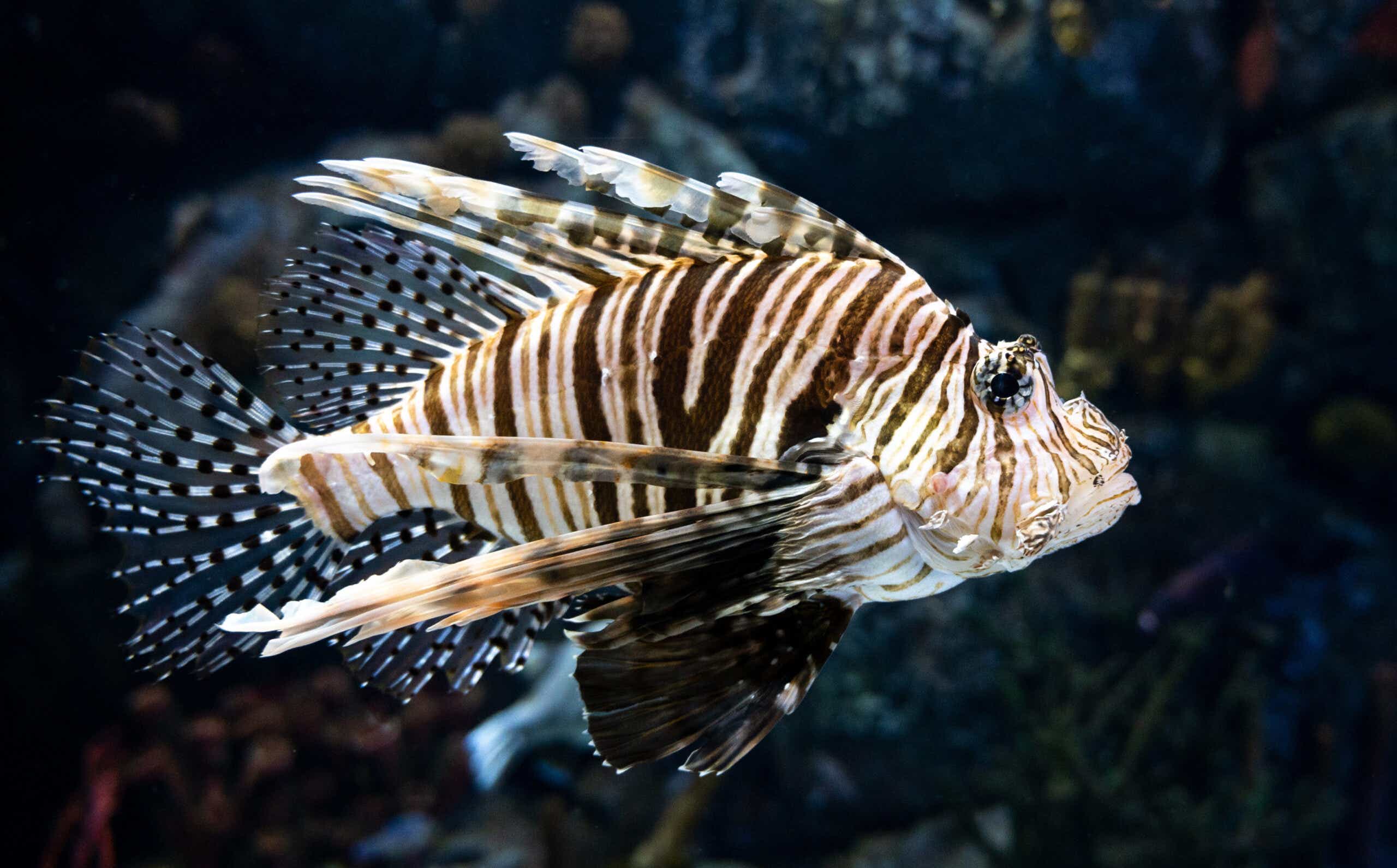A new report backed by the United Nations is sounding the alarm on a global threat that’s costing us billions, driving extinction and climate change, and threatening food security. Here’s the deal.
Plants and animals are spreading unnaturally
Plants, animals, and other organisms are being transported into unfamiliar habitats via humans at an “unprecedented rate.” These invasive species, which are spread via all manner of activity from private travel to international trade, cost the world an eye-watering $423 billion every year. Once they arrive in new areas they destroy crops, spread pathogens, threaten food security, and exacerbate environmental disasters.
What are some examples of invasive species causing chaos?
The black rat is the most frequent traveler to foreign shores, stowing away on cargo ships and making its way to new cities and otherwise isolated islands, where it obliterates ground-nesting sea birds and other animals. Venomous lionfish are ravaging native species in the Caribbean, and foreign grasses in Maui fueled the wildfires that decimated the island last month.
How does climate change come into it?
Climate change is both a driver and a consequence of the problem. Previously, some species may not have been able to thrive in foreign habitats, but the warmer global temperatures make it easier for them to profligate.
In addition, new species can wreak such havoc on unfamiliar ecosystems that they can exacerbate the effects of climate change. Tree-killing insects, like the emerald ash borer ravaging North America, can make it harder for trees to draw carbon from the atmosphere. The loss of such trees through insect activity can also expose urban areas to more sunlight, driving up the surrounding air temperature, and increasing the use of air conditioning.
What’s the scale of the threat?
According to the report, invasive species are a major factor in 60% of extinctions, a crisis on the scale of the asteroid that eliminated the dinosaurs. Experts agree that the estimated financial cost probably falls far short of reality.
That figure is “a huge, huge underestimate… it’s the tip of the iceberg,” ecologist Helen Roy, co-author of the UN Intergovernmental Platform on Biodiversity and Ecosystem Services (IPBES) report said per CNN.
The problem is likely to get worse before it improves. Just one-sixth of the world’s nations have laws that deal with invasive species, and unless something changes, the total number of alien species worldwide will be one-third higher in 2050 than it was in 2005.
“One of the things that we stress that really is the tremendous threat this does pose to — and I know this is going to sound grandiose — but to human civilization,” Professor Peter Stoett, who helped lead the team who wrote the report, said per The Washington Post.









